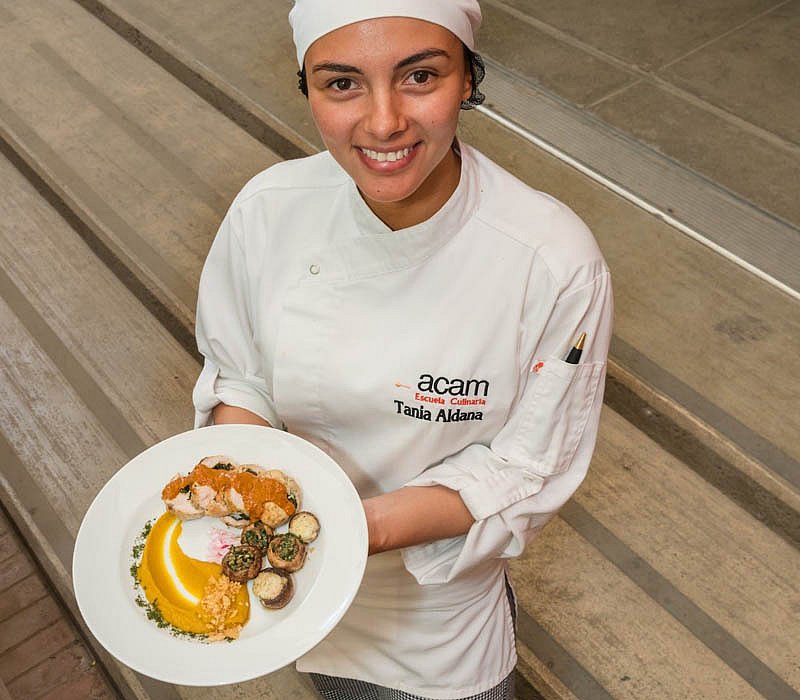Uniting efforts to enhance the use of neglected Mayan superfood chaya
- From
-
Published on
26.04.18
- Impact Area

Rose Robitaille, Research Fellow, Healthy diets from sustainable food systems, discusses the potential of chaya, an underutilized Mayan spinach, and reports on the Chaya Conference held this March in Guatemala City.
It’s 8:30 on Tuesday morning, 13 March 2018, on the verdant campus of the Universidad del Valle de Guatemala in Guatemala City. It seems to be business as usual on the university grounds with students slowly filing onto campus and birds chattering in the palms overhead, yet another more unlikely gathering is underway bringing together stakeholders to discuss a native and little-known plant, chaya.
Chaya (Cnidoscolus aconitifolius) or Mayan spinach is an evergreen shrub that has been domesticated for food and medicine in Mesoamerica since pre-Columbian times. In addition to its cultural relevance, chaya is an important source of nutrition and is considered to be a superfood. Despite these attributes, chaya has received very little research attention to promote its use in Guatemala to meet national challenges of poverty and malnutrition.
To contribute to filling this gap, Nadezda Amaya, Gender and Value Chain Specialist, Bioversity International, assessed the current use and value chain of this crop to identify a strategic holistic approach for value chain enhancement. Amaya’s research revealed the potential benefits and opportunities for enhancing the chaya value chain, especially for the health and livelihoods of rural indigenous women. She found that while chaya is well known and used by villagers in Guatemala and has a strong market in the Yucatan in Mexico, it is currently hard to find in markets in Guatemala.
Guided by coordinated, pro-poor and gender-sensitive approaches, conference attendees explored ways to strengthen the chaya value chain. Participants from all walks of life were present, including representatives from the government, national and international NGOs, academia, gastronomy, private enterprises and local producers. Lively presentations covered current research initiatives on best production practices, use of chaya in school gardens, nutrition analyses and cooking preparations, market and value chain analyses, analysis of national programmes that are conducive to enhancing the use of underutilized species, and marketing strategies for chaya.
![]()
Related news
-

Positioning healthier rice varieties in Odisha for market demand and farmer income
International Rice Research Institute (IRRI)28.10.25-
Nutrition
In western Odisha, farmer groups and women’s self-help groups are taking the lead in bringing…
Read more -
-

SOILutions for Security: CGIAR at the 2025 Borlaug Dialogue
Multifunctional Landscapes Science Program22.10.25-
Biodiversity
-
Environmental health
-
Environmental health & biodiversity
-
Food security
-
Nutrition
From October 21–23, CGIAR will join global partners in Des Moines, Iowa for the 2025…
Read more -
-

Road to Belém: Scaling biosolutions for soil health and climate action gains momentum ahead of COP30
Multifunctional Landscapes Science Program15.10.25-
Adaptation
-
Biodiversity
-
Climate adaptation & mitigation
-
Environmental health & biodiversity
-
Mitigation
More than 40% of the world’s cultivated land is degraded, affecting more than three billion…
Read more -
